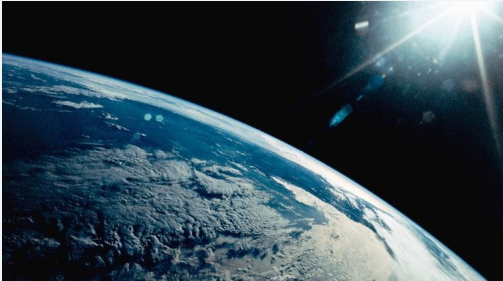The combined duration of all
GIS courses 28hr 25min. If you spend 1hr daily, you will be expert in GIS within
28 days.
Even you will be able to do a complete
GIS Project within one Day if works continuously. All courses are
designed in such a way that you will feel GIS is too comfortable. Even Larger
simulation of Hydrology will be just like the word for you.
Basic of GIS and Remote Sensing: This
course is scientifically designed you no need to put a load on your brain to
understand typically task, Just by watching the video, you will understand an advance
concept. Many of you demanded to make a course on Basic of GIS data. As we face
problems in handling shapefiles and data handling, Mosaic of the satellite
image, NDVI, Handling advance data, cutting study area. Increasing image
resolution and even making research-ready layouts. So here is the
course.
Duration 11hr 7min
Land use land cover
classification in Depth – Learn from scratch from data download to landuse change detection,
How to improve images, How to classify bad pixels manually. Post landuse classification
process, Accuracy assessment, you will also learn many of Basic GIS tools also.
Supervised, Unsupervised and Combined method are covered. You will receive more
accuracy in the combined method for even bad quality terrain.
Duration 5hr 13min
ArcSWAT Tutorial - Learn
Watershed Simulation and working with weather data in GIS, In this course you
will learn ungauged catchment water flow simulation in Cubic Meter Per Second [m³/s]
, groundwater recharge in watershed,
Sediment at outlet, Water yield, water quality, Curve number, Soils,
Hydrological cycle parameters of watershed and many more advance output as you
think. Duration 4hr 12min
Groundwater Potential Zones
: In this course you will learn how to use landuse, DEM and Weather data. By generating
stream density. Mosaic of DEM. How to run overlay analysis on multiple data set
and many basic task of GIS like download
of weather data, convert to GIS. You will also learn ow to calculate
water level fluctuation and generate map. You ca use same tutorial for Drought,
site suitability or any other theme also, even this method applicable to Flood risk
zones.
Duration 3hr 49min
Prediction of Future Landuse:
In this course you will learn how to generate future landuse maps with GIS. How
to use present data and simulate urban growth to future. How to validate predicted
results. How to Modify image Matrix to get desire results. This method use, MLP
and Machine learning based method. No single line code required. Only requirement
is you must have well classified two satellite image with accuracy more than
80%, Rest of things covered in this course. It’s so much easy then you think you just need Terrset and ArcGIS.
Duration 4hr 4min








